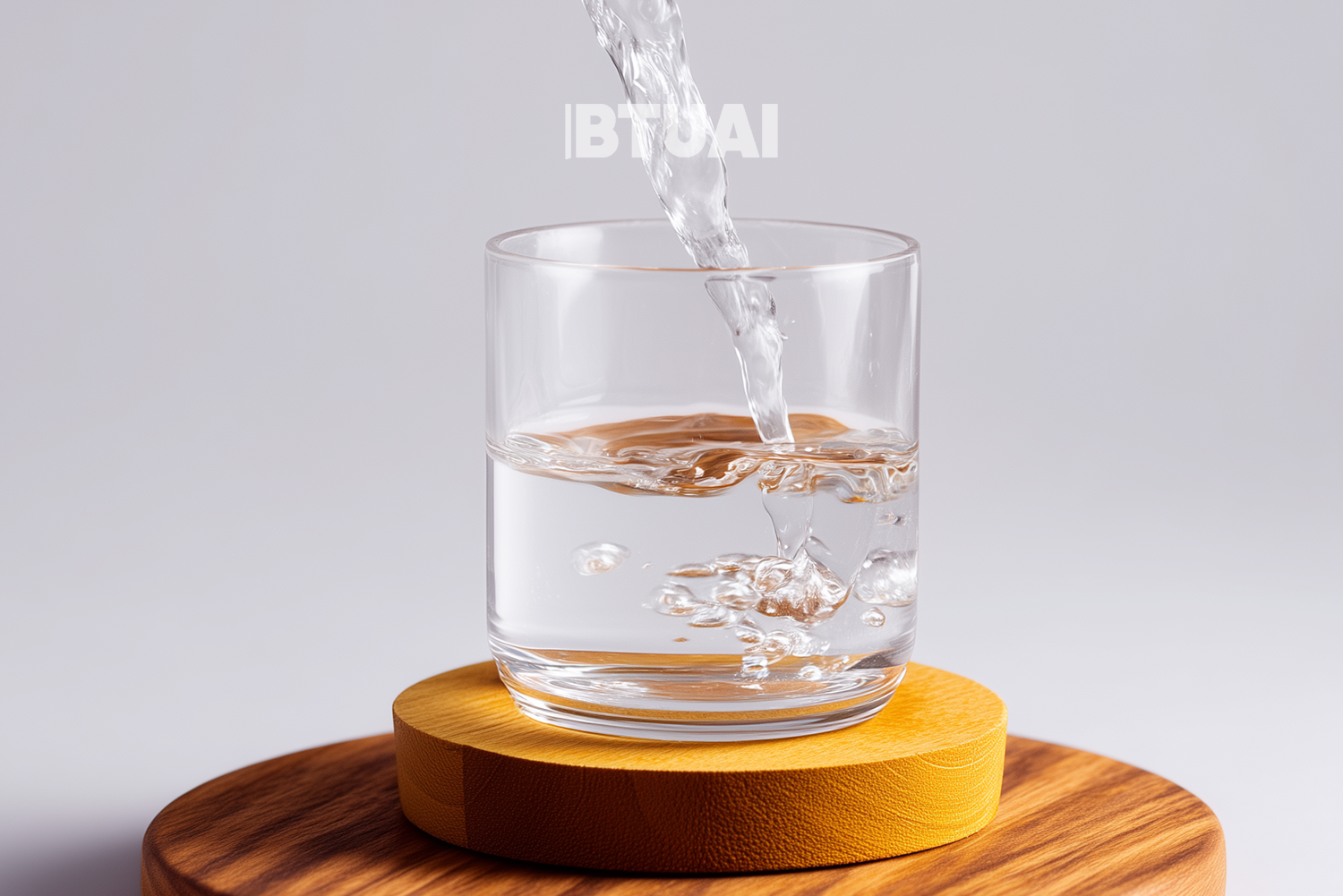The Water Renaissance: How the Simplest Drink Became a Luxury of the Modern Age
For decades, luxury and refined taste were synonymous with wine, champagne, or rare whiskey. But the emerging trends of

For decades, luxury and refined taste were synonymous with wine, champagne, or rare whiskey. But the emerging trends of the 21st century suggest that true luxury is shifting toward more refined, nature-connected, and pure experiences. One of the clearest examples of this shift is water — something we once considered utterly banal, now gradually becoming one of the most sought-after luxury niches across different corners of the world.
Today, a global movement focused on high-end water is rapidly evolving. High-quality water is no longer seen as just a way to quench thirst; it has become part of a sensory experience that engages with depth — touching on minerality, texture, natural origin, and the story behind the water. These very elements have led to the rise of water tastings, specialized seminars, and forums across the globe, where the sensory characteristics of different waters — taste, aroma, texture, and acidity — are carefully observed and analyzed.
In today’s world, premium water might originate from Arctic glaciers, volcanic soil, or ancient springs that have slowly gathered deep underground over centuries. Each source carries a unique mineral composition that determines its distinct flavor and mouthfeel. For instance, water rich in silica offers a smooth, creamy sensation, while water high in calcium has a sharper, more robust character.
Another key dimension in the world of luxury water is its historical and ecological significance. When someone is offered water that has collected in a balanced ecosystem centuries ago, it becomes more than just a tasting experience — it symbolizes a connection with nature. In this context, many premium water producers strive to offer audio or visual experiences that reflect the origin of their water — such as the sound of the spring or visuals of the natural landscape — adding emotional depth and authenticity to the moment.
Economically speaking, the premium water segment is growing rapidly. On the international market, luxury water sales are increasing by about 7–9% annually. Forecasts suggest that by 2030, the high-end water sector may exceed $24 billion in value. This growth is fueled by the rising interest in healthy lifestyles, a declining preference for alcoholic beverages, and a sustainability-driven demand for ecologically pure sources.
In some of the world’s finest restaurants, water “menus” have become a part of the everyday dining experience. Top establishments now offer guests multiple types of water, highlighting their distinct mineral compositions and geographic origins — a practice that is at times perceived to be as important as wine pairing.
Water culture is also acquiring new political and environmental relevance. Against the backdrop of global climate change, clean water is increasingly seen not just as a luxury, but as one of the most valuable resources of the future. As such, the high-quality water movement is frequently tied to environmental awareness — aiming to protect water sources, advance sustainable extraction technologies, and draw public attention to the importance of water quality.
In short, in the 21st century, water is no longer just a liquid. It has become a cultural, economic, and ecological phenomenon — luxury wrapped in simplicity, carrying the taste of the future. It is sought after by those who yearn for purity, authenticity, and a connection to nature in a world increasingly dominated by technology and artificial experiences. And it seems that this new renaissance of water is only just beginning.




